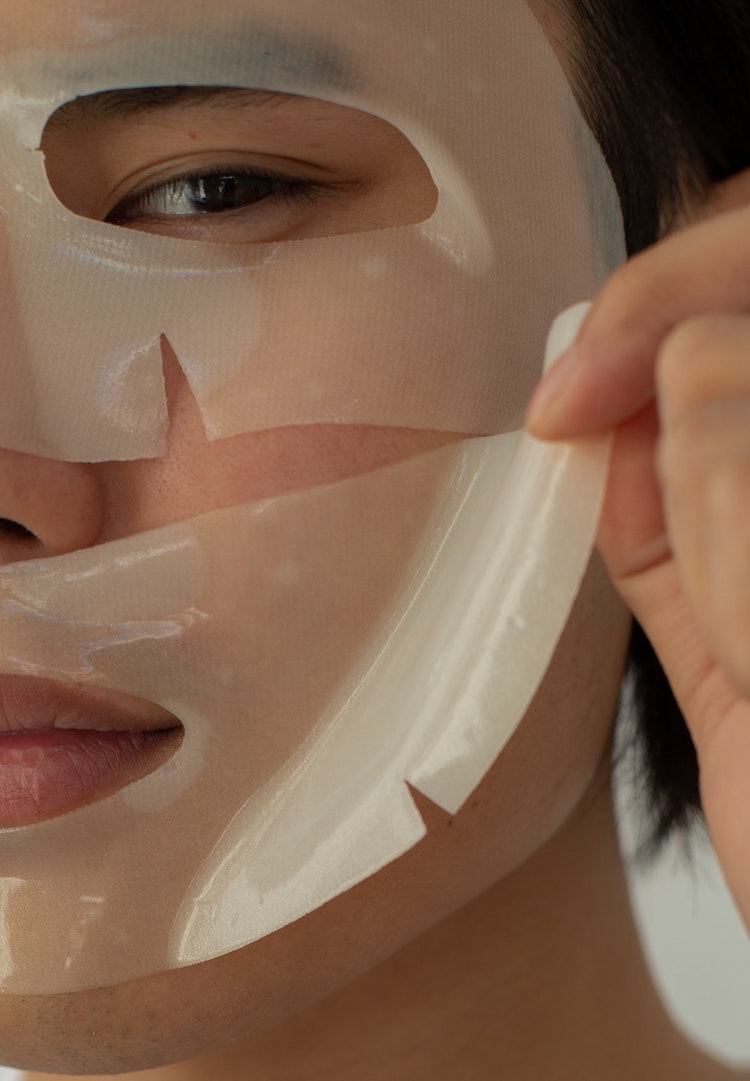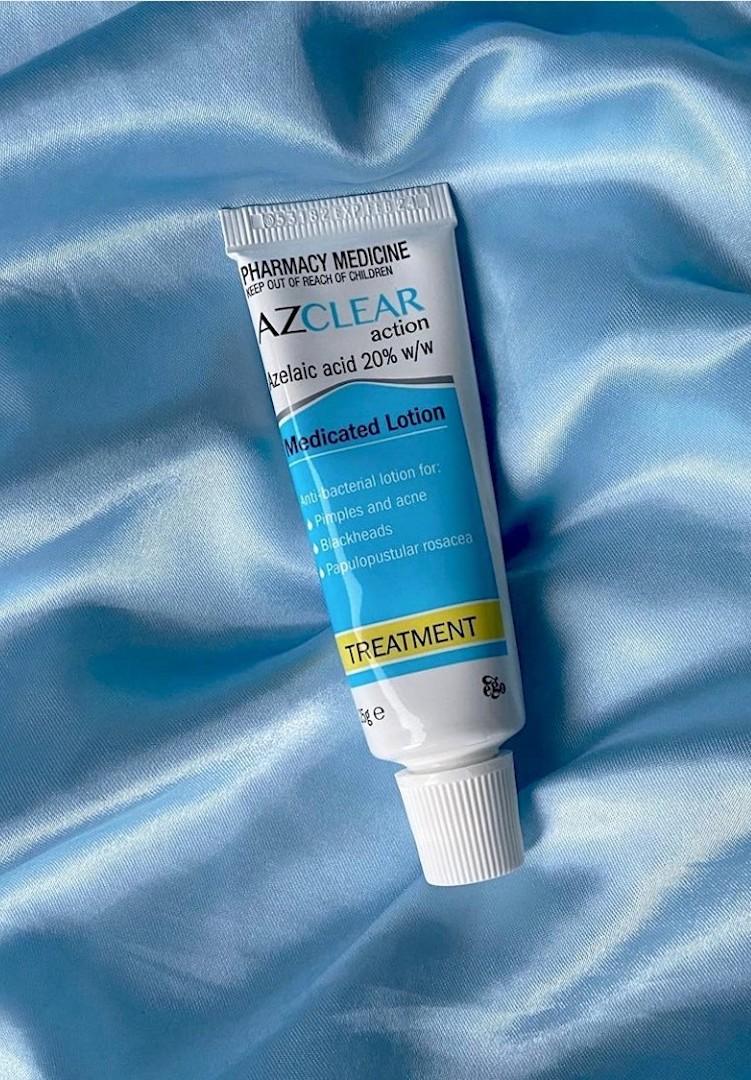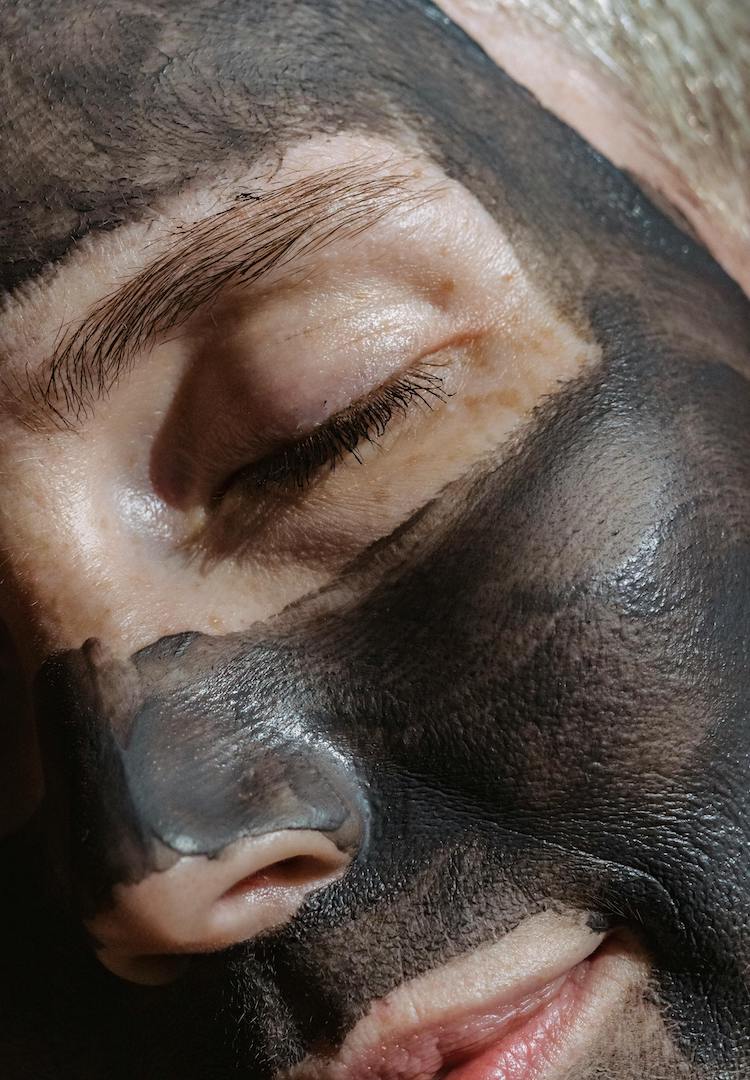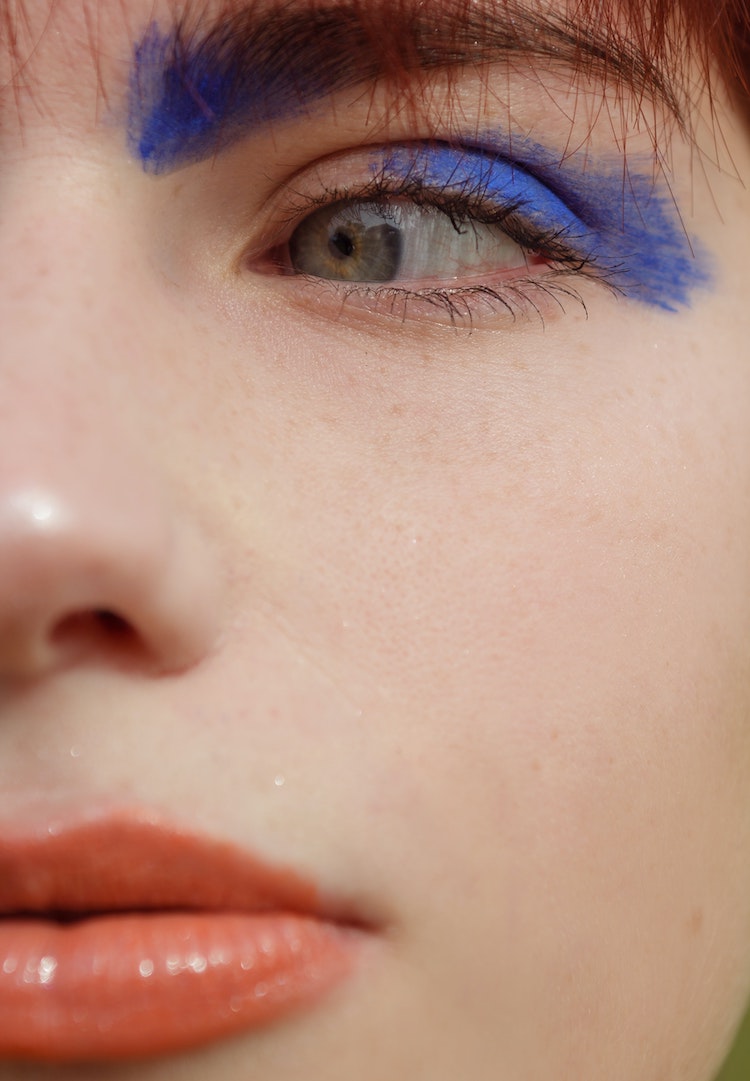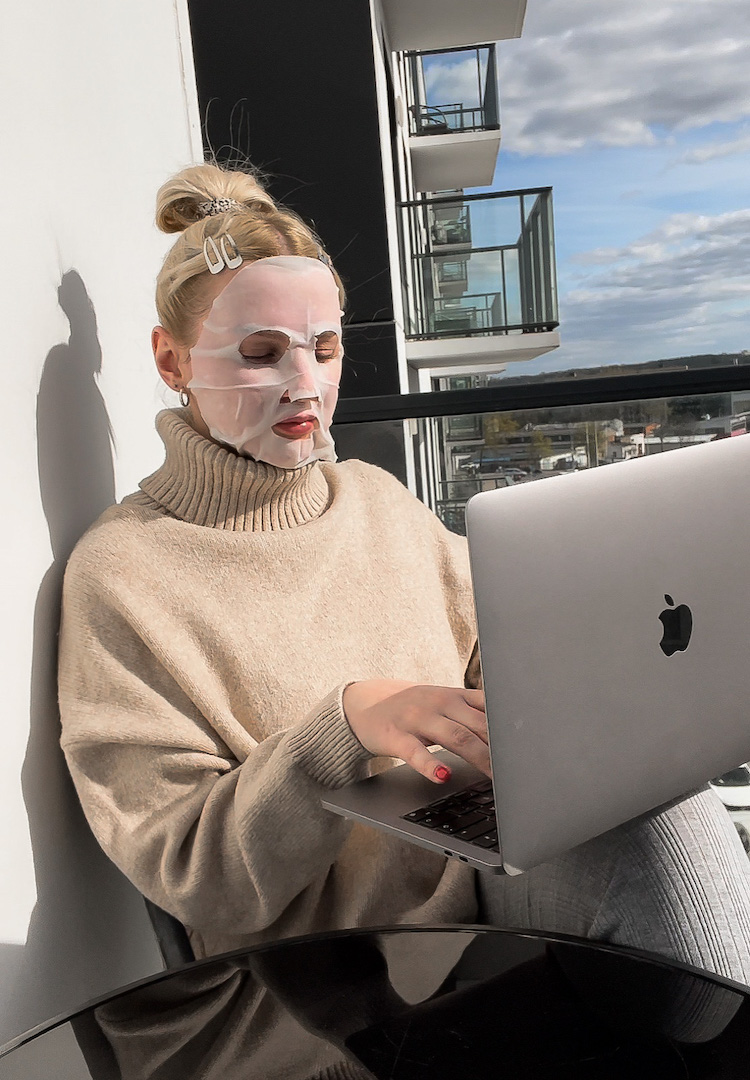What is acne cosmetica and how can I avoid it?
WORDS BY KAT CHRISOULIS
“What we put on our face can also affect our acne flares.”
If you’ve ever struggled with acne before, you’ll know the frustration that comes with it. In fact, I’m one breakout away from dedicating my life to unearthing the secrets to a blemish-free face.
Between Cassie Howard’s excessive 4am morning routine, my mum claiming she’s a dermatologist (she absolutely isn’t), and my clear-faced best friend washing her face with water and calling it a day, the world of skincare can be perplexing at the best of times.
We like nosy people. Don’t be shy, head to our Beauty section for more.
When my skin’s giving me the middle finger I turn to my holy-grail makeup products to save the day, despite knowing that what my skin really needs is a break. Which got me thinking, is it possible to escape the wrath of the skin gods, or are we all doomed to blow our paychecks on makeup and skincare that only serve to counteract each other?
To combat this dilemma, I’ve called in leading dermatologist and the founder of Ode Dermatology, Dr Shyamalar Gunatheesan, to provide a guide to cosmetic-induced acne.
What is it?
Acne cosmetica is a form of acne that most commonly presents on the face, neck, upper back and hairline due to cosmetic use. It typically occurs when makeup or skincare products cause a blockage in the skin’s pores, leading to comedone formation and rash-like or bumpy skin.
How do I know I have it?
With hormonal changes, sleep deprivation, stress, dehydration and diet all being influential factors when it comes to skin health and flare-ups, determining the cause behind your acne seems almost impossible.
Dr Shammi recommends keeping a diary of your skin, focusing on the products you’re using, potential trigger foods and how or if they correlate to the location of your troubled area.
Unlike cystic acne, acne cosmetica is characterised by textured surface, blackheads and bumps on the skin. Due to the causal factor being external, localised and recurring breakouts are a major tell. This can mean constantly breaking out where you tend to use a certain product, like on your cheeks due to using blush or bronzer.
How can I prevent it?
First and foremost, it’s important to cover all your bases. This means optimising all the other factors of acne prevention including sleep, stress levels, gut health and hormonal balance.
Other measures you can take, according to Dr Shammi, are deep cleaning your cosmetic brushes and sponges at least once a week, and utilising light pressure when applying product to the face, as opposed to rubbing the skin.
What products might be causing it?
It’s important to note that acne cosmetica can be caused by several habits or products, and that these are different for everyone. Dr Shammi points to primers, concealers, sunscreens and liquid foundations as the common culprits, as well as our approach to cleansing. While the double cleansing method is widely championed by dermatologists, she flags that it might not be for everyone.
“It might be that the oil is too heavy and is congesting the pores, it might be that over-stripping that skin barrier produces that rebound sebum production.”
Dr Shammi points out that acne cosmetica triggers are not simply limited to face makeup and skincare products, warning of rinse-out conditioners, leave-in masks, shampoos and body washes that can cause breakouts all over the upper body.
Chemical sunscreens are also one to keep an eye on as they are packed with fragrances, benzophenones and para-aminobenzoic acids that are known to congest pores and trigger dermatitis. Dr Shammi recommends looking at non-comedogenic physical sunscreens or skincare focused products, like the Ultra Violette Clean Screen SPF30+, as an alternative.
What products are best for treating it?
According to the experts, incorporating niacinamide is a no-brainer. A potent anti-inflammatory agent, this form of vitamin B3 helps with minimising the appearance of pores and comedones, and also reduces skin sensitivity. By optimising your skin’s barrier, cosmetic products are less likely to penetrate the skin and provoke a reaction.
Targeting spots with benzoyl peroxide, incorporating a salicylic acid cleanser to assist with skin cell turnover and using a lactic acid moisturiser or serum for the skin’s texture are all practises that get the Dr Shammi tick of approval.
To learn more about how to treat different acne types, head here.



